Snowdrop time in February’s garden
One of my highlights for February is visiting a snowdrop garden. I love to see carpets of these dainty flowers. During our time in North Yorkshire I managed to establish snowdrops in several areas of the garden, by dividing clumps every year after flowering. However, in our Lincolnshire garden I’m having to start from scratch. I bought a snowdrop called ‘Robin Hood’ last spring (which flowered in early January) but at £15 per bulb, I can’t afford to fill my borders with those, so I’ll be starting with the common snowdrop, Galanthus nivalis, which is a good doer and establishes quickly. I’m also going to plant some Cyclamen corm which are in flower now and make great groundcover below shrubs. Believe it or not, I managed to find some very good plants at B&Q.
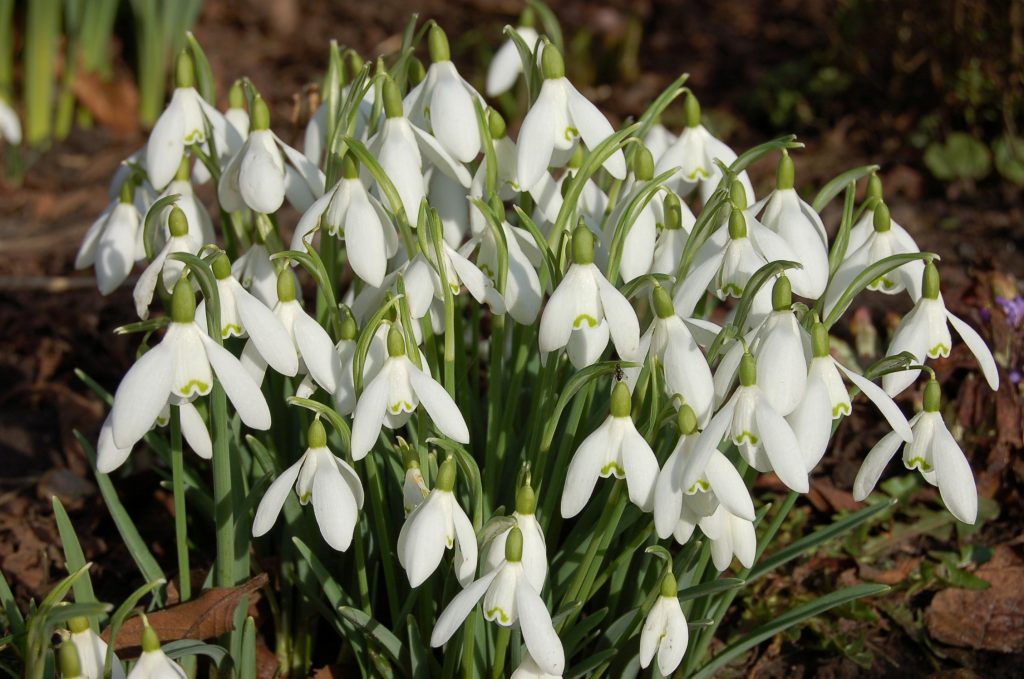
We’re delighted that Kings Seeds from Essex (one of the few remaining privately owned seed companies) have agreed to continue as a sponsor of our weekly Pots & Trowels videos. They have also extended their discount to P&T followers (which includes you!) A 10% discount is available on seeds purchased on their website www.kingsseeds.com by quoting the code PT2025. It’s valid until the end of the year. (T&C’s apply)
Jobs for February
It’s time to get into the borders to finish cutting down perennials and to remove any weeds. I also like to lightly tickle the soil over with a fork to loosen it up after the winter rains. To really smarten up beds and borders we go round and re-cut the edges and make any shape changes with a half-moon edging iron. It looks so much better when you’ve finished.
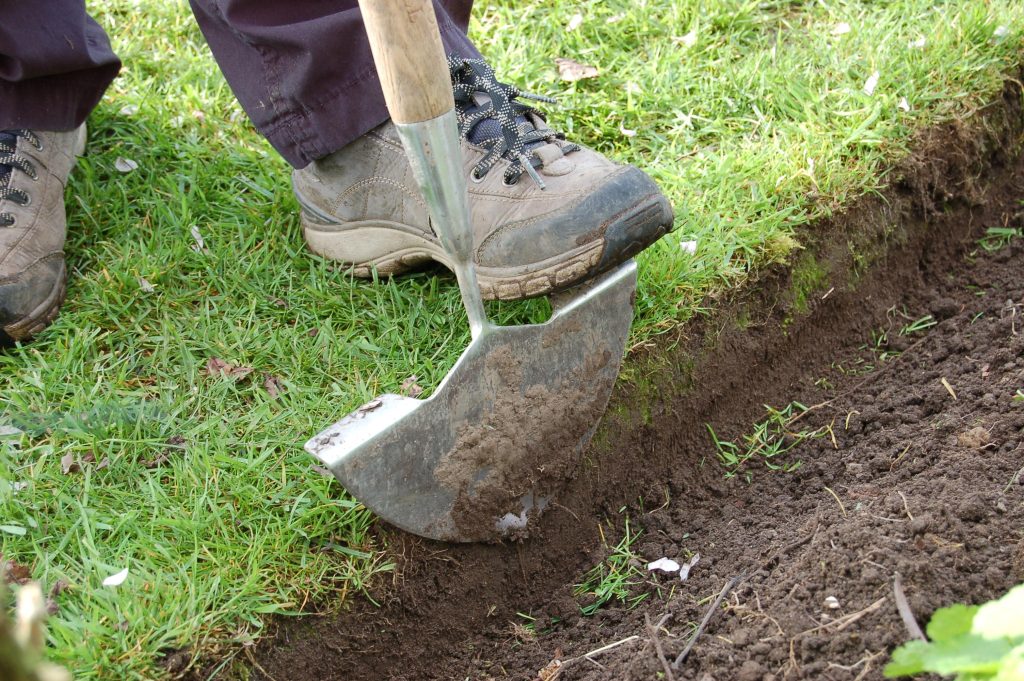
Established clumps of herbaceous perennials can be lifted and divided to make more plants and to give them renewed vigour.
Work can be carried out on your lawn to repair any worn or damaged patches. Rather than buying a roll of turf that may be a different grass mix to your lawn, use any offcuts from re-shaping and altering existing borders to mend the damage.
Mid-February is the time to prune back late summer flowering clematis in group three. These are the ones that flower from late July to September and the old stems can be cut back to 6-10inches from ground level. New buds will grow to form long stems that will flower later in the year.
Ornamental grasses such as miscanthus, stipa and calamagrostis that have died back can be cut down to a few inches to encourage a flush of new growth over spring.
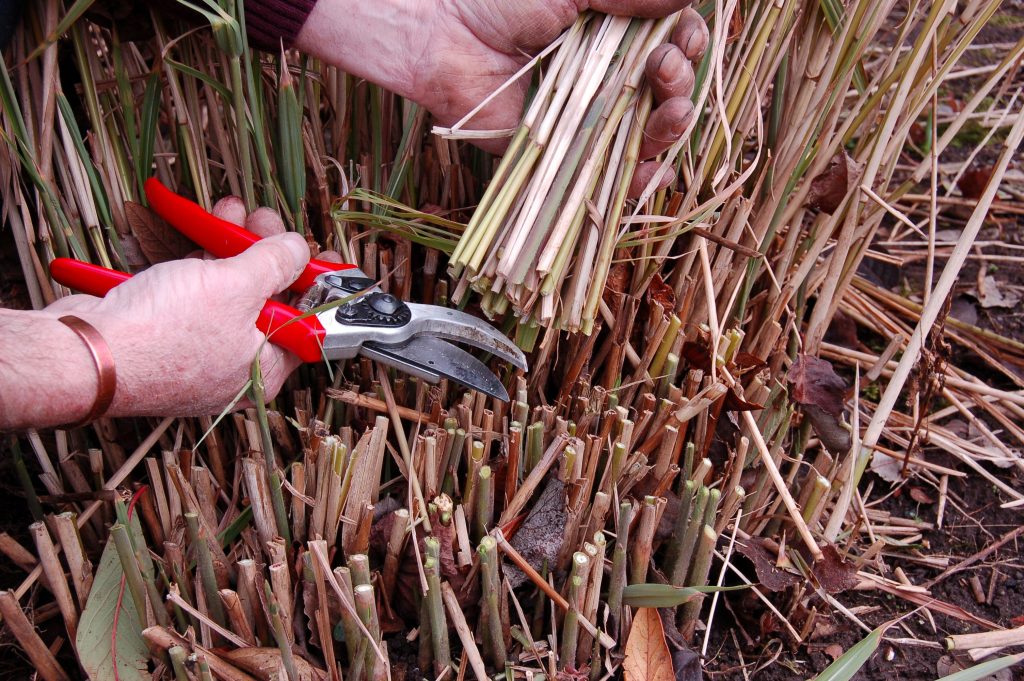
Large permanent containers outside can be freshened up by scraping off a couple of inches of old compost and topdressed with fresh mixed with a little fertiliser to give the plants a spring boost.
Finish pruning fruit bushes while they are still dormant. With blackcurrants remove some of the oldest, woody growth at the base and for gooseberries and redcurrants, shorten long stems and thin congested growth.
If you intend to plant some new potatoes in late March or early April, now is the time to start them off by chitting. Stand the seed potatoes in trays in a light, cool place to allow the eyes to sprout and develop into new shoots.
Anytime now you can prune autumn fruiting raspberries by cutting all the canes to ground level. Weed along the row and then apply a few inches of compost as a mulch.
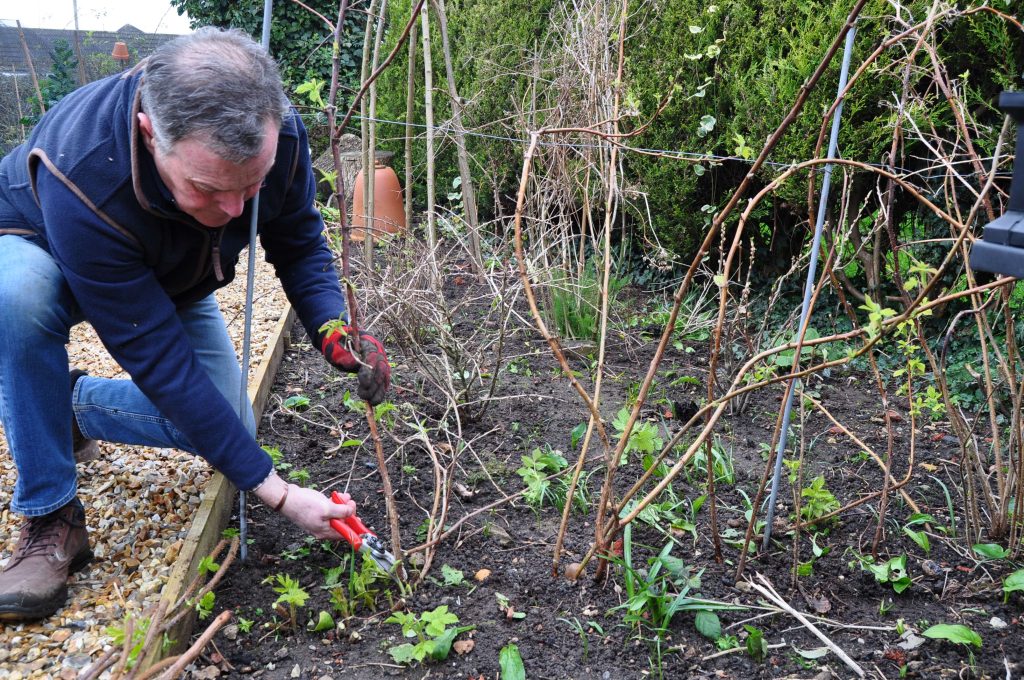
It’s still far too early and wet to start planting or sowing outside in the vegetable plot, but to help the soil to dry out and warm up, cover an area over with some cloches or a sheet of black polythene. This makes a big difference and will help with soil preparation in March.
Sow sweet and chilli pepper seed in small pots in a propagator to give them a good start.
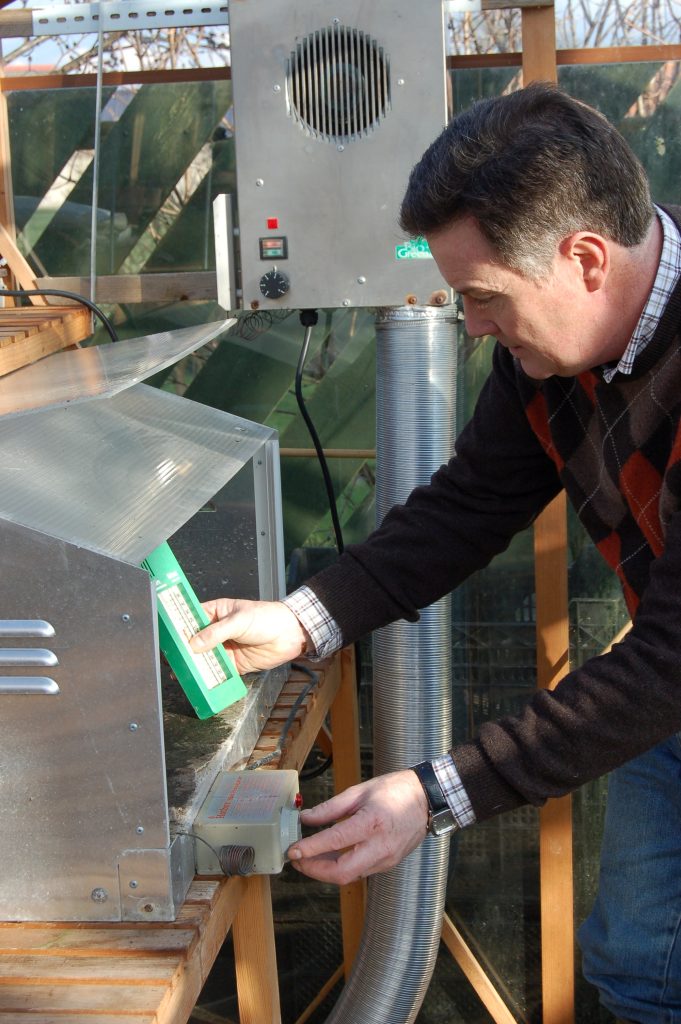
For more weekly gardening tips and advice, you can watch our gardening videos “Pots & Trowels” on Facebook or subscribe on YouTube for free. And don’t forget our weekly P&T podcast where we chat to gardening guests, give a few jobs for the week and answer your gardening questions. Available through your normal podcast provider or listen on www.potsandtrowels.com
Happy gardening